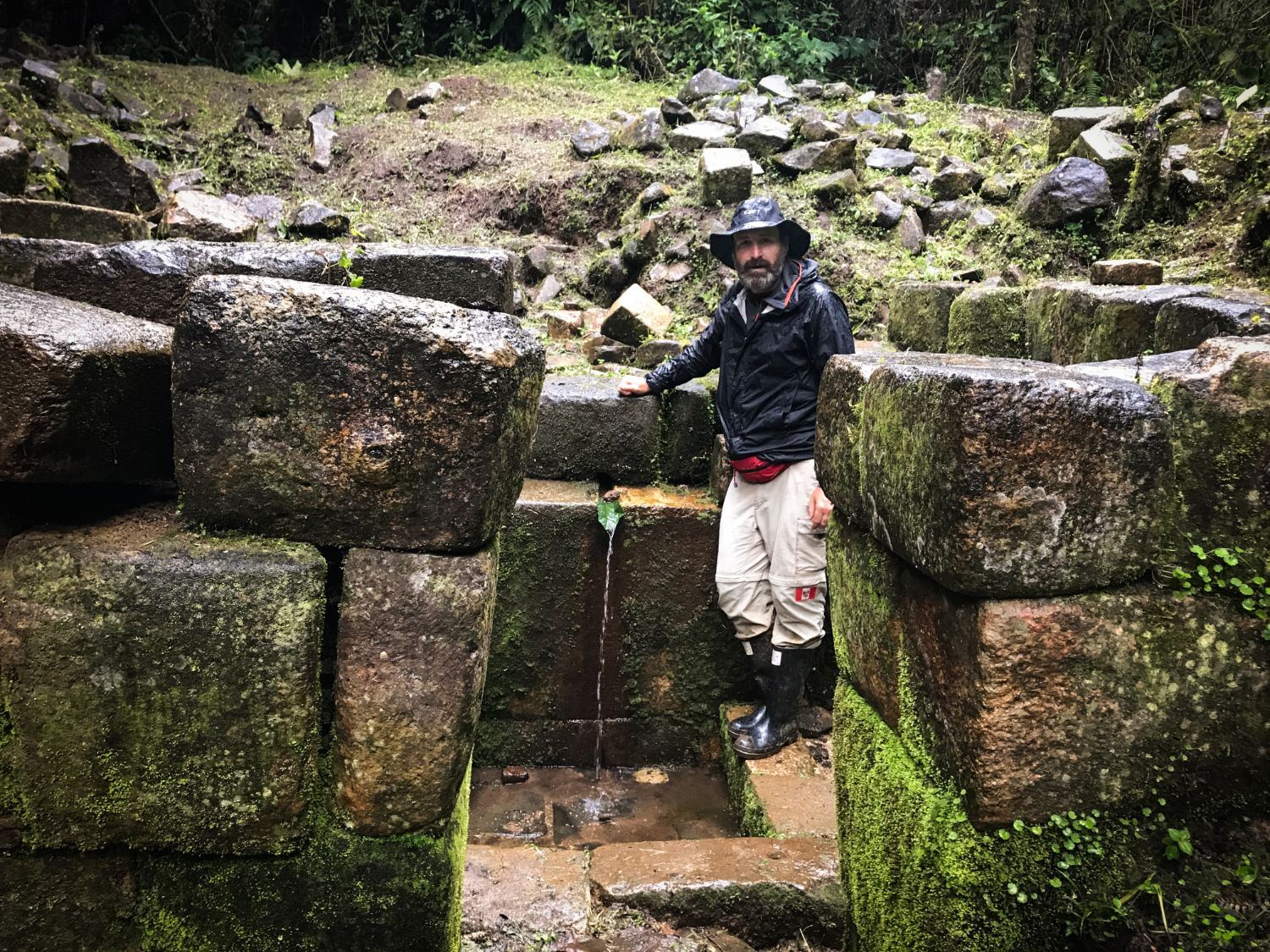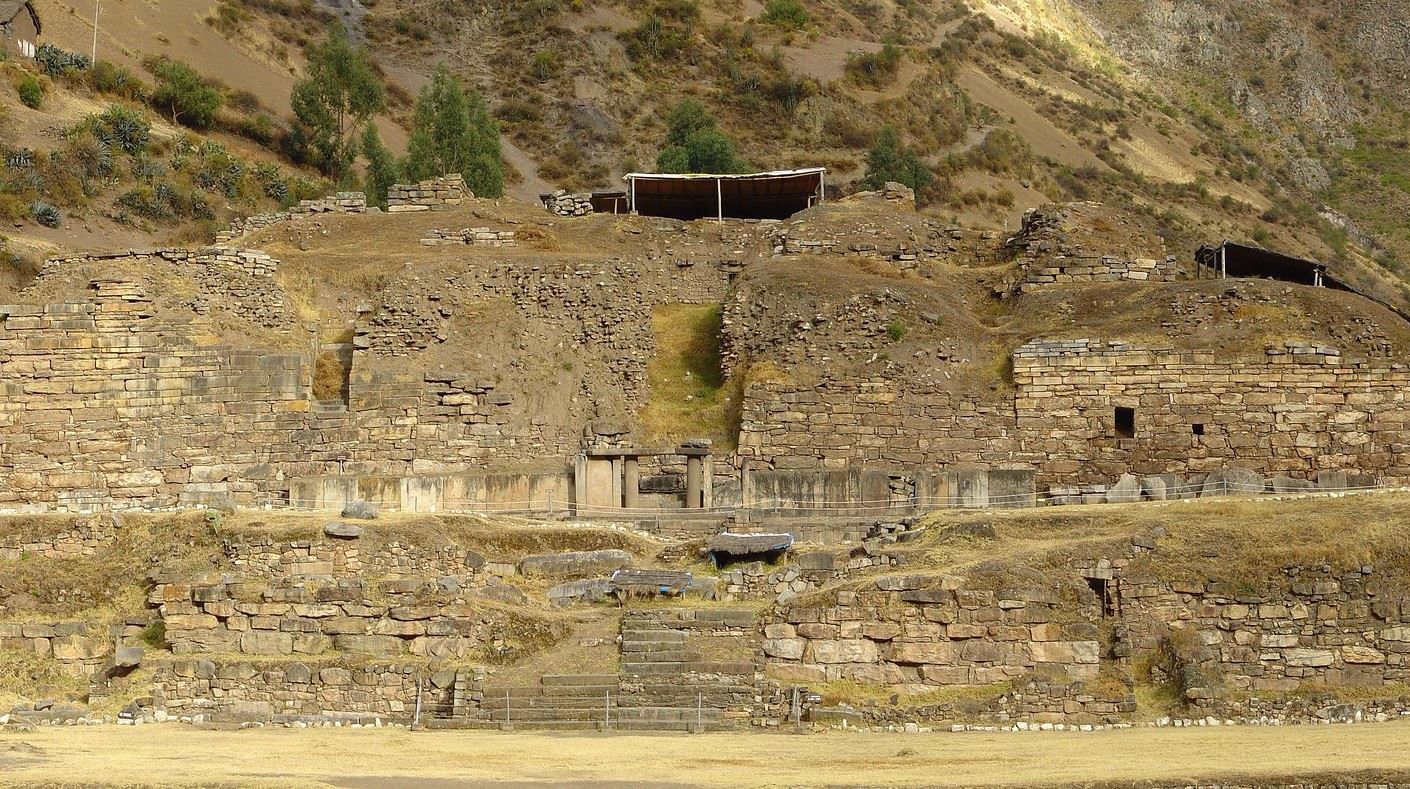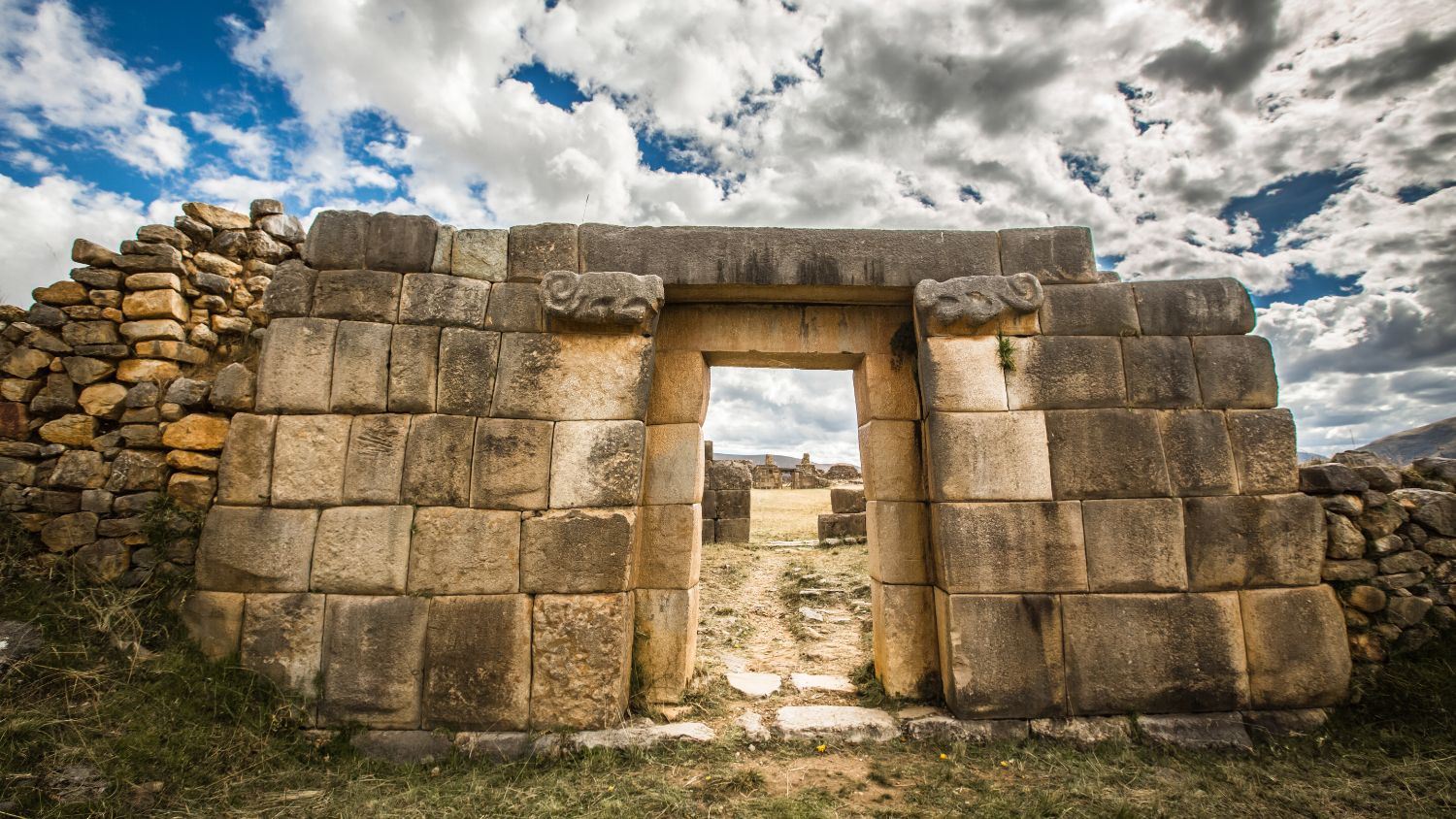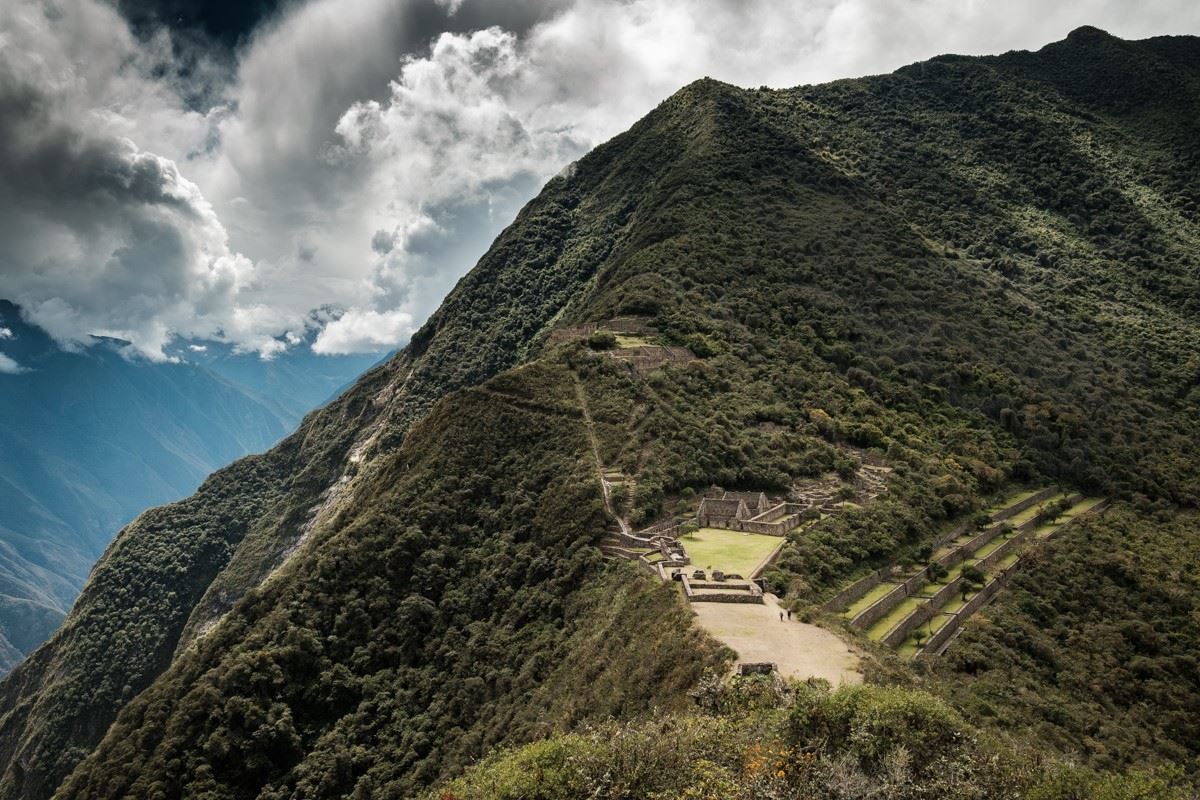
6 spectacular Inca cities you haven't heard of...yet
When it comes to Inca ruins, Machu Picchu grabs all the headlines. And with good reason – the citadel is breath-taking…life-changingly so. That said, Peru is blessed with a number of other incredible Inca (and pre-Inca) ruins that receive only a fraction of the tourist traffic.
The Machu Picchu effect
Like Petra in Jordan and Angkor Wat in Cambodia, Machu Picchu looms large over the Peruvian tourism industry. You need only look at the monthly statistics put out by MINCETUR (Peru’s Ministry of Tourism) to confirm this. Despite the fact that getting to Machu Picchu requires a 1.5-hour flight from Lima to Cusco, a 3-hour train ride to Aguas Calientes, and a short, steep bus ride to the entrance of the sanctuary, over 1.5 million people (1.1 million of them foreigners) visit the ruins complex every year.
Tickets (for both the train and the ruins) don’t come cheap and they sell out quickly. When you visit you will be allocated one of three slots, during which you’ll have a limited time to enjoy the ruins – along with more than a thousand other visitors. We don’t share these facts to scare you off, but rather to ensure that you are fully informed about what to expect when visiting the ruins. Machu Picchu remains hands-down our most popular destination in Peru, and we still visit whenever we are in the area (the complex is so vast and so intricate that you will learn something new every time you go).
The Machu Picchu effect has spilled over to Cusco and the Sacred Valley, where ruins like Saksaywaman (Cusco) and Ollantaytambo (Sacred Valley) each see about 800,000 tourists every year. Even relatively “minor” ruins like Moray get 400,000 tourists annually. Machu Picchu is extremely important to the Peruvian economy and – despite some issues – it has probably had a net-positive impact on the people who live near it.
Beyond Machu Picchu
When it comes to human history, however, Peru is about far more than Machu Picchu – or the Incas for that matter. Complex civilizations have called the Andes and the Pacific coastline home since as early as 3,200BC. We’ve already written about 4 great pre-Inca ruins in Peru, but this month we’re going to shed light on some other incredible ruins that we have uncovered in our 4-year exploration of the Great Inca Trail, the vast Inca road network that is the world’s largest UNESCO World Heritage Site. Here goes…
Aypate, 1400 miles North of Cusco
This little-known Inca administrative center, located atop a 9,500ft hill near the modern city of Piura, is of great historical importance. Some have gone so far as to describe it as the Machu Picchu of the North, but even in 2019, the site is inaccessible by car…Meaning that only the most intrepid explorers make it here.

Emanating from a vast central square, the site’s stonework and scale of construction represent the very best of the monumental architecture of Inca imperial style. Its kallanka (large guest house) is, by all accounts, the longest in the entire empire and its recently uncovered Inca bath still functions! We were so impressed by the site when we hiked through it on our Great Inca Trail expedition that we named one of our horses Aypate.
Chavín de Huántar, 850 miles North of Cusco
Dating back to 1500BC (that’s three-and-a-half thousand years ago!) Chavín de Huántar is arguably the most important pre-Inca ruin in the whole of Peru. Chavín – a place of worship named after the civilization of the same name – boasts a huge square and a giant temple whose walls reach 50ft in height. The main square is flanked by intricately carved stone tablets, and the vast subterranean labyrinth has to be explored to be believed. The Lanzón (a stone statue also known as the Smiling God) housed in the labyrinth’s central cruciform chamber is one of the most important artifacts in South America.

Despite its importance, Chavín only receives seven thousand foreign visitors per year (that’s an average of less than 20 per day!). We camped at the site during our first preliminary Great Inca Trail trek back in 2016 and it remains especially important to us. If you want to see it for yourself, why not sign up for 5-day Great Inca Trail Expedition as we visit Chavín en route to the trailhead.
Huánuco Pampa, 800 miles North of Cusco
We’ve written extensively about the extremely important Inca administrative center of Huánuco Pampa, so we won’t go into too much detail here. Huánuco Pampa (which receives only 200 foreign visitors a year!!) sits at a major crossroads in the Inca road network and the ruins – built around a central plaza the size of 30 city blocks – include nearly 500 qollqas (storehouses for food, building materials, weapons) and 30 processing buildings. Huánuco Pampa is the culmination of our 5-day Great Inca Trail Expedition and all hikers enjoy a private tour of the site followed by a pachamanca (fire pit meal), coca leaf dispacho (cleansing ceremony) and local dance put on by the local community of Aguaymiro.

Choquequirao, 120 miles West of Cusco
The Incas designed spellbinding Choquequirao as a sister site for Machu Picchu, just across the Vilcabamba range. In the five centuries since the two siblings have experienced very different fortunes: Machu Picchu sees over a million visitors every year, while Choquequirao gets around twenty thousand! (Choquequirao is only accessible via a grueling multi-day hike – there are rumors of a cable car being built all the way to the site but so far they are only rumors.)
Choquequirao which means “cradle of gold” in Quechua, was never found nor sacked by the Spanish Conquistadors. Although Westerners have been going there since the 1800s (visiting Choquequirao was what prompted Hiram Bingham to search for the lost city of the Incas), it was only extensively excavated by archaeologists in the 1970s. It is said that Choquequirao is seven times larger than Machu Picchu, with huge sections still hidden in the jungle.

Choquequirao occupies an entire mountaintop and boasts endless Inca terraces that still fend off landslides 600 years later. Dropping down the from the plaza in a nearly vertical staircase is a set of terraces decorated with 24 llamas shaped from white stones. Not far away, the temple of the waterfall comprises one of the most spectacular sets of Inca terraces anywhere.
Western society and religion are centered around taming nature, but Andean societies – exemplified by the Incas at their peak – are all about working within natural systems. Visiting Choquequirao will bring you just a little closer to such an enlightened idea. See it for yourself on our 11-Day Choquequirao to Machu Picchu trek.
Vitcos, 75 miles North-West of Cusco
Three years after the Spanish conquest of Cusco in 1533, Manco Inca broke loose from the shackles of colonialism and – for 36 years – he and his three sons ruled a neo-Inca state in the remote jungles of the Vilcabamba. For many years Vitcos served as their capital but – as the Spanish widened their net – the Incas established the fabled “last refuge of the Incas” at Espíritu Pampa, even deeper in the jungle. To visit these twin cities, which have been all but subsumed by the jungle and see very few tourists (they don’t even feature in the MINCETUR data), is to find yourself in an Indiana Jones movie.

Vitcos is located at the center of an imaginary bicycle wheel with Machu Picchu, Choquequirao and Espíritu Pampa at its radius. The main plaza and center of Vitcos looks down upon the Vilcabamba River. Massive polished stones adorn the most important entryways to the citadel’s many temples, not least Yuraq Rumi (White Roc in English), which is a massive carved rock from which a spring emanates. The shrine was most likely dedicated to fertility and it has been said that it housed the “virgin women of the sun.”
Espíritu Pampa, 95 miles North-West of Cusco
In June 1572, in what can only be described as an anticlimax, 250 Spanish soldiers walked into the main plaza of Espíritu Pampa and planted the Spanish flag…The Incas had burned the city to the ground and fled into the jungle the day before. The Spanish may be long gone, but the jungle has picked up where they left off. Trying to make sense of Espíritu Pampa – buried by creepers, vines, ferns and trees – is an experience like no other.

If you’re keen to go beyond Machu Picchu on your next Peruvian adventure, check out our carefully crafted trekking tours or speak to a Destination Expert about building your own adventure.
Credit to Omar Navarro for the Chavín de Huántar photo. All other images were taken by SA Expeditions team members.